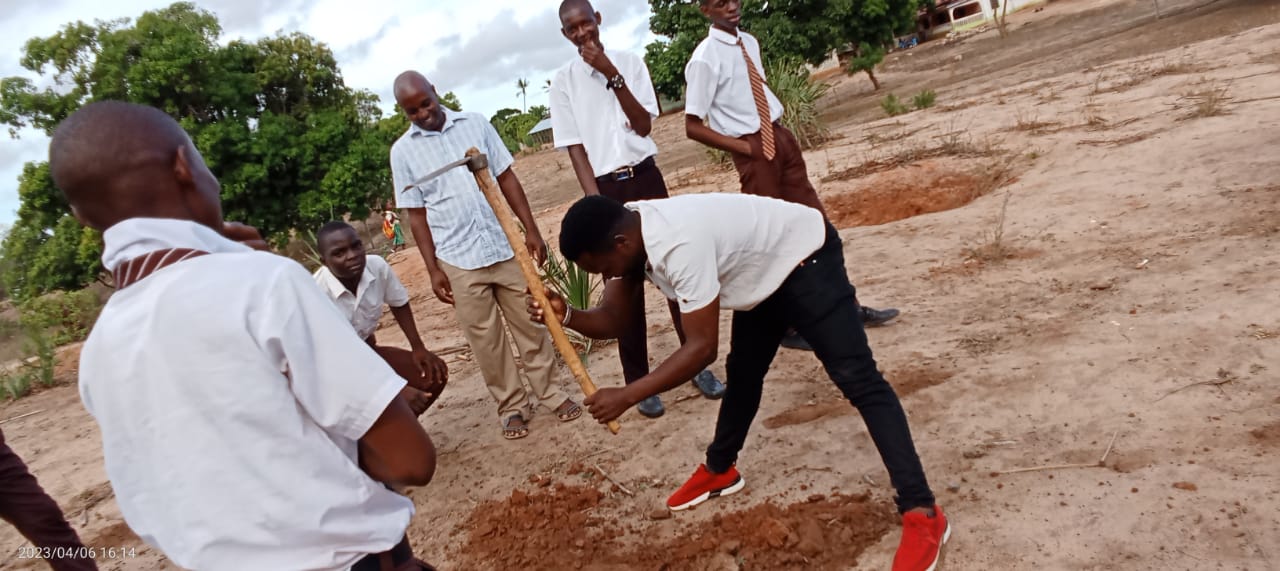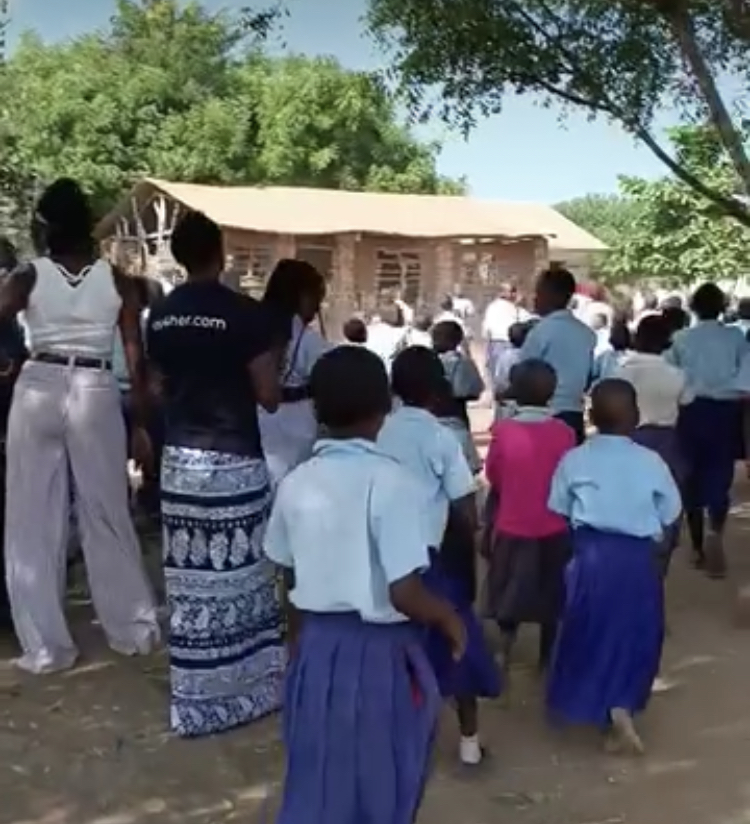
Kenya is losing 373.9 billion every year to malnutrition, experts have said. This is equivalent to 6.9 percent of the Gross Domestic Product.
Kilifi County, a coastal region, is among the areas heavily affected by malnutrition. According to the Kilifi County malnutrition survey conducted in August 2021, nearly one in two children aged two and below are suffering from malnutrition, while 65 percent of children aged five are not receiving adequate nutrition to thrive. “Some of their mothers cannot produce enough milk due to the severe economic challenges imposed by the ongoing drought in the area,” said Nzomo, a nurse at Kaloleni Dispensary.
Nzomo added that babies are often forced to eat unsweetened maize meal (porridge) daily, which is unsuitable for children at such a critical age. Last year’s survey revealed that more than 15,000 children under the age of two suffer from acute malnutrition, and tragically, only 300 of these have reached our facilities,” said Dr. Nyawa Benzadze, a nutritionist at Kilifi County Referral Hospital. The worst-hit regions are Ganze and Magarini Sub-County. The situation is exacerbated as Kilifi faces the impacts of climate change, including floods and drought. (The Standard newspaper – link)
As a teacher, I have witnessed this situation firsthand. Having visited more than a hundred schools in Kilifi County, from nursery to secondary schools, I have seen the harsh realities of life in this region. Driving from the small town of Malindi onto the dust-filled roads of Xhogwani village in Marafa, I encounter students eager to learn. After registering at the school office, I am guided around by the gateman, who is also a groundsman. I am fortunate to meet the students outside on a sunny day, with temperatures reaching 28 degrees Celsius.
I spot a young boy, around 15 years old, whom I’ll call Charo. Charo seems focused and passionate about returning to class, completing primary education, and advancing to high school, and eventually university. However, given Charo’s health and the visible signs of malnutrition, it’s clear that what he needs most is fresh food, not advanced academic lessons. Early in the morning, Charo has a sorrowful expression. When I engage him, he begins to shed tears and explains that he hasn’t eaten since he left school on Friday. The only meal he had was a cup of tea given by the teacher as a reward for answering all nine questions correctly in a math exercise.
As I tour the school, I notice it has a large farm, though part of the land has been encroached upon by neighbors who plant cassava and maize. During the rainy season, the fertility of the land is apparent in the health of the maize and cassava. However, this is not consistent year-round, as farmers often struggle with changing rainfall patterns due to climate change. This is the same community from which Charo comes. The situation worsens at home, as the community still believes that maize and cassava are the only viable crops.


Charo is forced to walk 18 kilometers to reach the nearest school from his home and another 18 kilometers back in the evening. This distance is comparable to that covered by marathon runners. Charo’s journey is not for medals but for survival—walking long distances in the hot sun without a balanced diet while hoping to acquire knowledge and improve his family’s situation in the future. At school, despite the vast land, Charo and over 500 other students lack a green space for shade. The classrooms are in poor condition, lacking basic amenities like windows, desks, and doors. On sunny days, the children sweat all day in class, sitting on the floor and struggling with dust from the bare ground. Charo is just one among many students I have encountered in my professional journey as a teacher in an area severely impacted by climate change.
Imagine if this school had a fruit orchard where Charo could pick mangoes, oranges, and passion fruits during break time. How happy would Charo be, and how motivated would he be to attend school? After enjoying the fruits, Charo could teach his community to embrace planting fruit trees. Oranges, mangoes, and passion fruits thrive in this region. With mature fruit trees, the school community would better withstand changing rainfall patterns. If the school had one acre of fruit trees—about 500 trees—yielding 100 fruits per tree on the first harvest, that would total 50,000 fruits. This surplus would provide the students and their families with essential vitamins, and the excess could be sold to fund school infrastructure improvements.
Inspired by this vision, Onemilliontrees4kilifi was founded, focusing on “Calling Back the Rains.” One of our major goals is to create fruit orchards in 400 schools in Kilifi to combat malnutrition, create mini forests, and encourage communities to replicate these projects in their villages. Establishing one acre of fruit orchard requires only 150,000 Ksh, totaling 120,000,000 Ksh to create 800 acres of fruit orchards in Kilifi. By achieving this, we can provide 200,000 children like Charo with daily fruit and enable the 400 schools in Kilifi to generate income for infrastructure upgrades, ultimately reducing the malnutrition rate in the county and saving money spent on combating it.

We have already created the first fruit orchard at Shomani Girls’ School https://youtube.com/watch?v=yIrl_bU7ZzQ&si=AClsleZ0YAVTBTFf by planting 300 mango trees, 50 passion fruit plants, and 30 pawpaw trees in collaboration with the Open Institute and the school administration. You can be part of this noble journey by sharing this message, connecting us with helpful networks, or donating. Reach us at onemilliontreeskilifi@gmail.com or +254707266031.


This is so impressive. Keep it up and by next year during rain season l will also provite more seedlings . Congratulations.